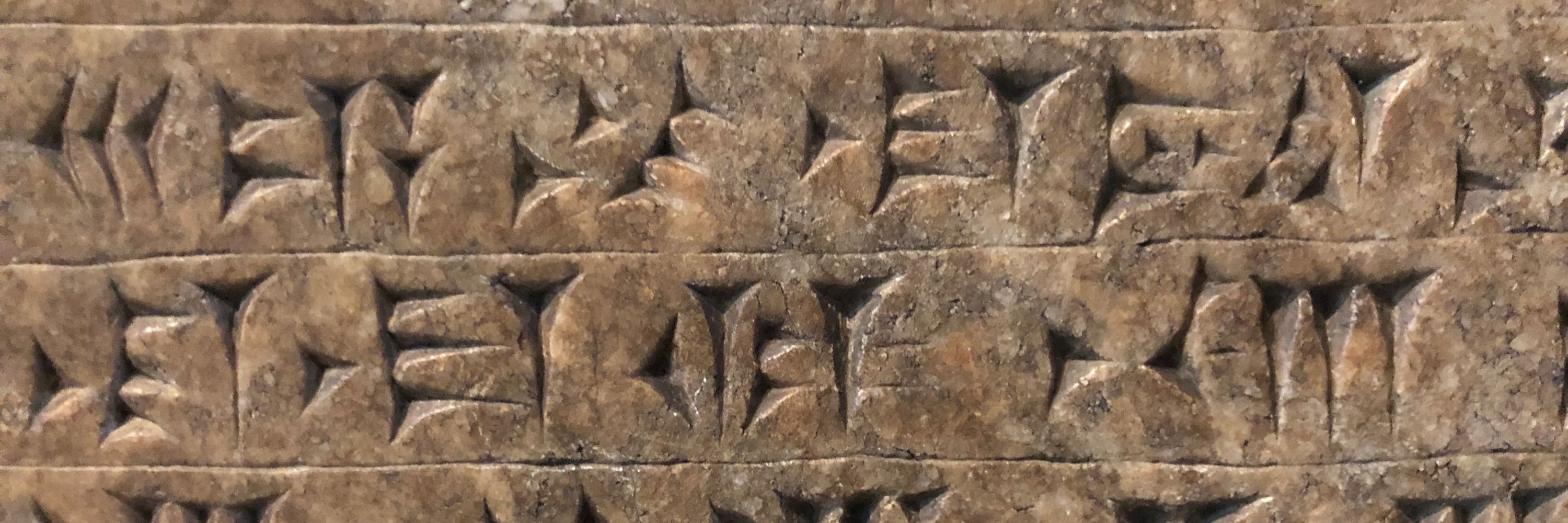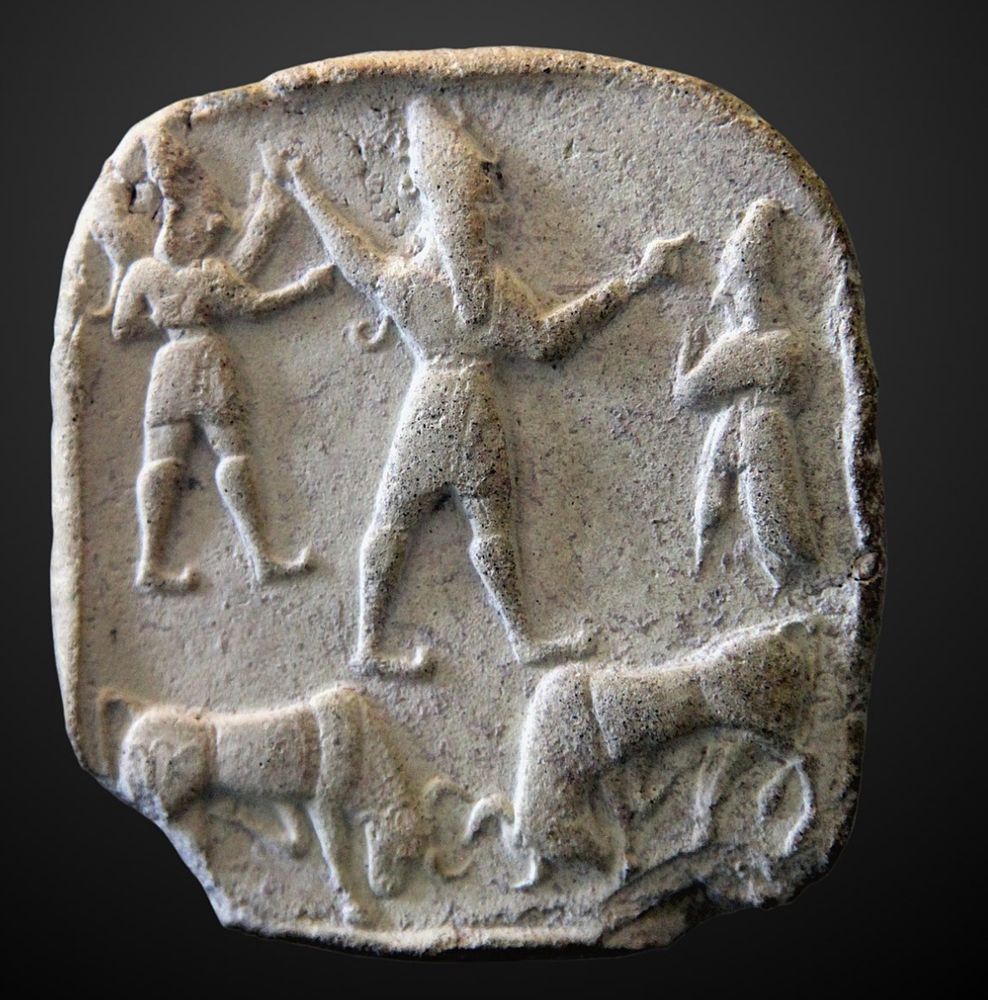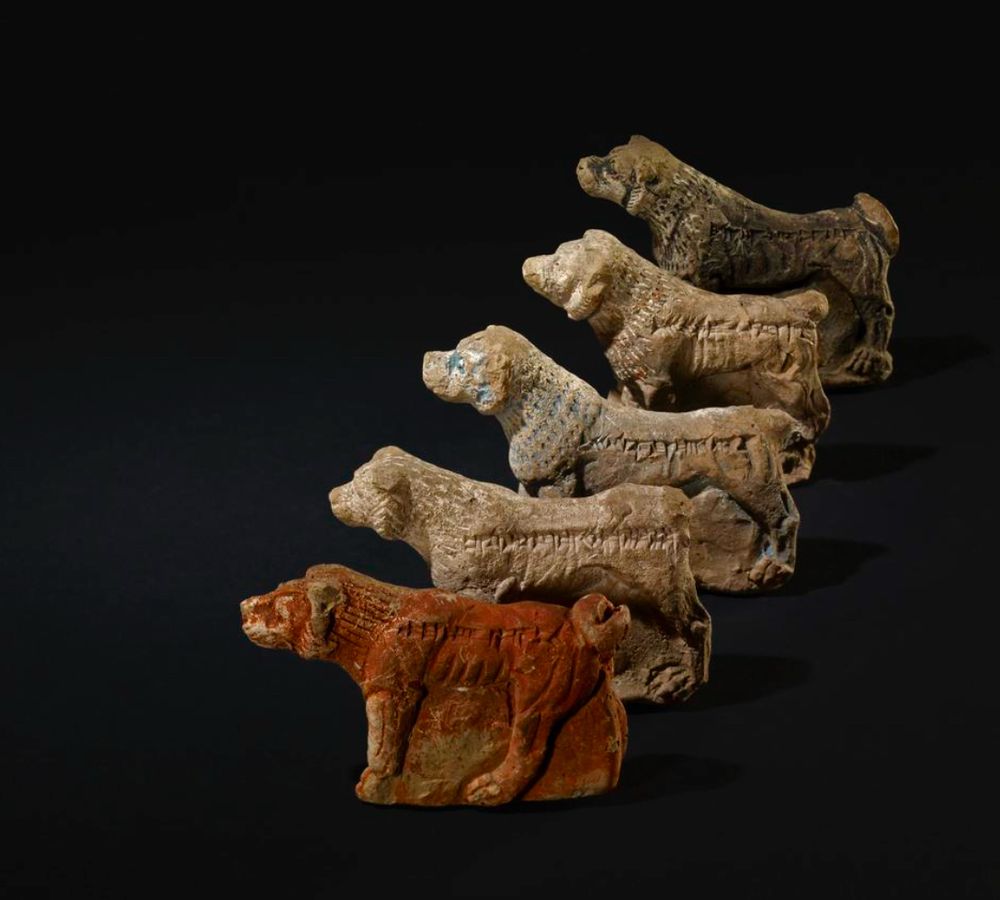
My book 😎 https://lnk.to/BetweenTwoRivers
link.springer.com/article/10.1...

link.springer.com/article/10.1...
Just acknowledging that 100%
I hope some of the meanings of the ritual, the circularity, etc still resonate for people 🙏🏽
Just acknowledging that 100%
I hope some of the meanings of the ritual, the circularity, etc still resonate for people 🙏🏽
Sources
Gary Beckman, Temple Building among the Hittites
CTH 414: www.hethport.uni-wuerzburg.de/CTH/index.ph...
Sources
Gary Beckman, Temple Building among the Hittites
CTH 414: www.hethport.uni-wuerzburg.de/CTH/index.ph...
Tonight’s event at 6pm is at Wolfson College and anyone can attend www.eventbrite.co.uk/e/the-polycr...

Tonight’s event at 6pm is at Wolfson College and anyone can attend www.eventbrite.co.uk/e/the-polycr...
But what struck me is that one does not take without asking and giving back.

But what struck me is that one does not take without asking and giving back.
At the end, the king makes offerings to the new hearth, where new trees are planted.

At the end, the king makes offerings to the new hearth, where new trees are planted.
And he doesn’t just need permission.

And he doesn’t just need permission.
To build a palace, you need wood, and for wood, you need to cut down a tree. But even a Hittite king didn’t just desecrate a forest.
Photo of a juniper tree by Eric Baetscher

To build a palace, you need wood, and for wood, you need to cut down a tree. But even a Hittite king didn’t just desecrate a forest.
Photo of a juniper tree by Eric Baetscher
It seems formulaic on the surface — a construction ritual that’s more or less designed to reinforce the king’s legitimacy as given and renewed by the gods.

It seems formulaic on the surface — a construction ritual that’s more or less designed to reinforce the king’s legitimacy as given and renewed by the gods.
On tiny dog figurines found buried under a palace in Nineveh, Iraq are inscriptions that seem to be names.
dan rigiššu “loud is his bark”
munaššiku gārîšu “biter of his foe”
mušēṣi lemnūti “expeller of evil”


